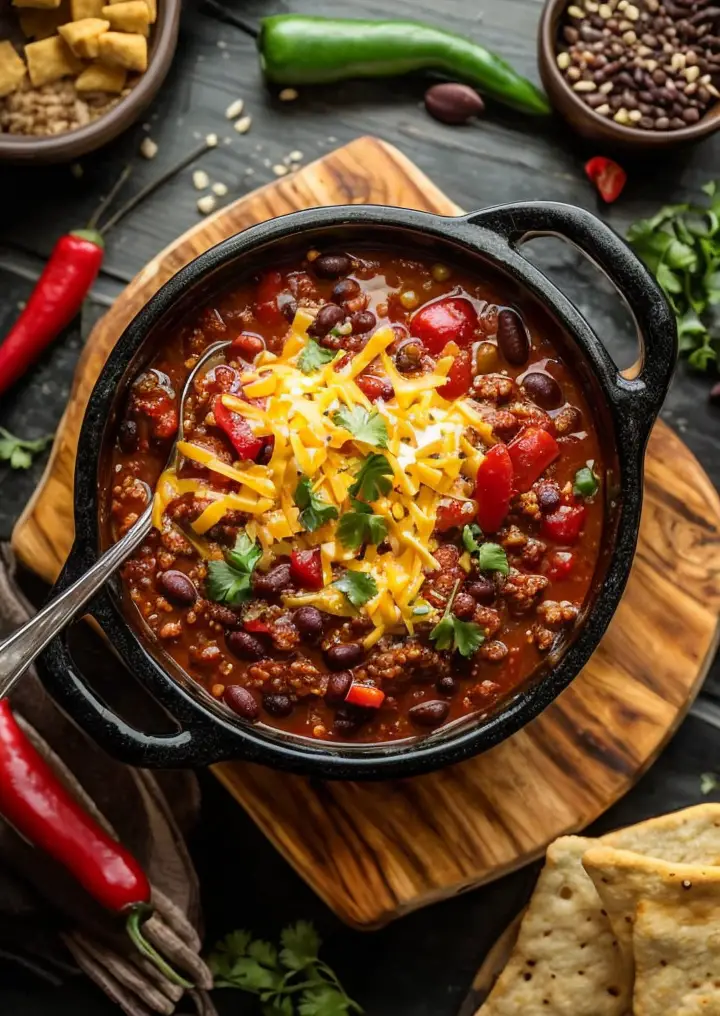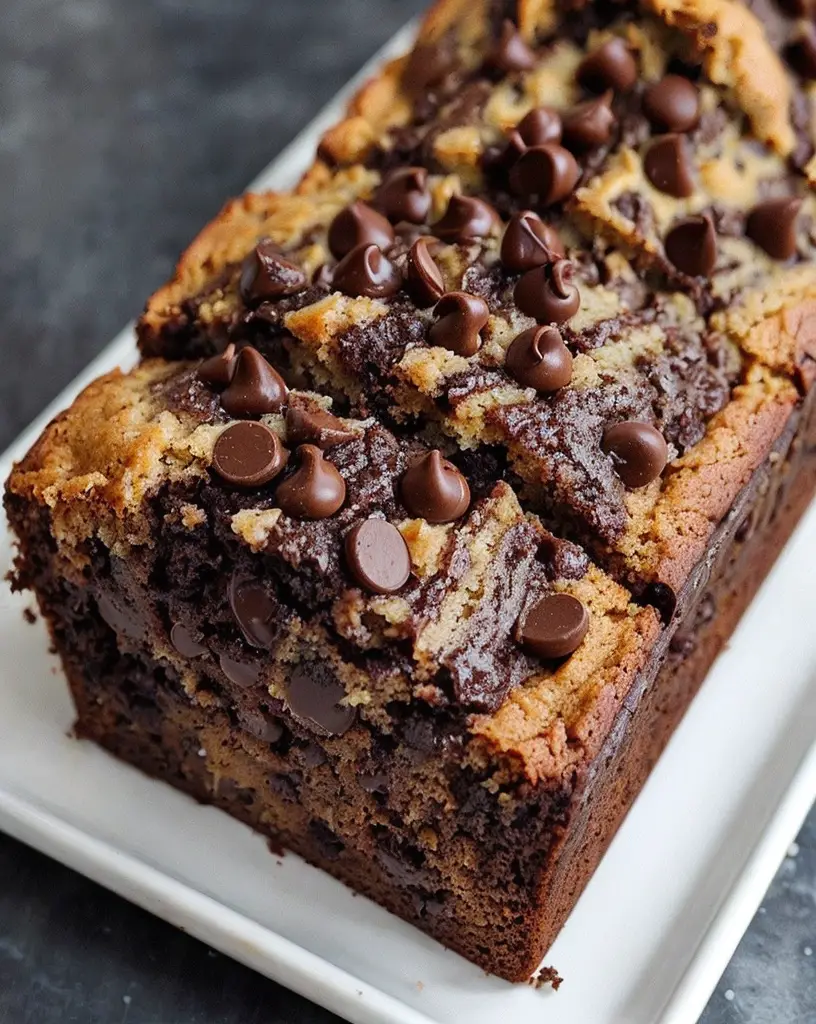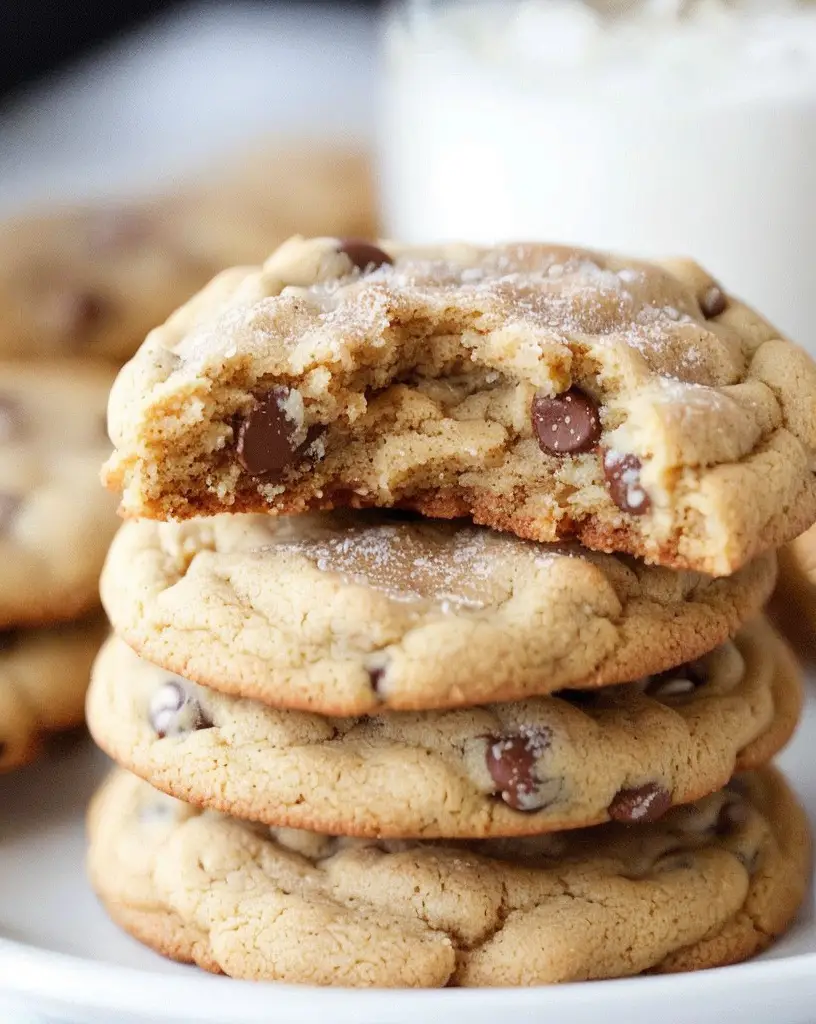Mouthwatering Lemon Raspberry Cheesecake Recipe: A Delightful Dessert for Any Occasion
Indulge in the luscious flavors of our Mouthwatering Lemon Raspberry Cheesecake Recipe, a delightful dessert that embodies the perfect balance of tartness and sweetness. This cheesecake combines the zesty brightness of fresh lemons with the juicy burst of raspberries, resulting in an unforgettable flavor experience. The creamy cheesecake layer rests upon a buttery graham cracker crust that adds a delightful crunch to each bite, making it the ultimate way to satisfy your sweet cravings.
Unlike traditional cheesecakes, this recipe features a light and refreshing twist, making it an ideal addition to any gathering or special occasion. Whether it’s a summer cookout or a holiday feast, this Lemon Raspberry Cheesecake is sure to impress your family and friends. The vibrant colors and inviting aroma will have everyone reaching for another slice!
Quick Recipe Highlights
- Flavor Profile: The interplay of tangy lemon and sweet raspberry creates a captivating and refreshing taste that dances on the palate.
- Texture: Creamy and velvety cheesecake contrasts beautifully with a crumbly crust and juicy fruit topping, offering a delightful mouthfeel.
- Aroma: The fresh scent of zesty lemons combined with the sweet fragrance of ripe raspberries fills the kitchen, enticing all who enter.
- Visual Appeal: This cheesecake boasts a stunning presentation with its sunny yellow filling, vibrant raspberry topping, and a golden-brown crust.
- Skill Level Needed: Requires basic cheesecake-making skills but is manageable for those ready to tackle a tasty challenge.
- Special Equipment: A springform pan is essential for achieving the perfect shape and easy release of this cheesecake.
Recipe Overview
- Difficulty Level: This cheesecake is classified as intermediate due to the multiple steps involved, including preparing the crust, filling, and topping, but is well worth the effort.
- Category: A fantastic dessert option, the Lemon Raspberry Cheesecake fits beautifully into any sweet course of a meal.
- Cuisine: Rooted in classic American dessert traditions but infused with vibrant seasonal flavors for a modern twist.
- Cost: Budget-friendly ingredients paired with a high-impact result make this cheesecake an economical choice for gatherings.
- Season: Perfect for warm-weather months when fresh raspberries and lemons are in season, brightening up any dessert table.
- Occasion: Excellent for celebrations, birthdays, or a refreshing end to a family meal.
Why You’ll Love This Recipe
This Lemon Raspberry Cheesecake offers an incredible combination of taste and texture that can elevate any occasion. The creamy, decadent cheesecake melts in your mouth, while the refreshing, tart lemon and sweet raspberry make for an irresistible pairing. Each bite is a delightful contrast that keeps your taste buds intrigued, inviting you back for more.
Furthermore, the convenience of making this cheesecake makes it a go-to recipe. With the ability to prepare it ahead of time and serve it chilled, hosting friends and family becomes less stressful. The added garnish of fresh raspberries or a dusting of powdered sugar can enhance its appearance without requiring extra effort in the kitchen, leaving you more time to enjoy your guests.
In terms of nutrition, this cheesecake can be a more balanced dessert option when fresh fruits like raspberries are included. Raspberries are packed with antioxidants, vitamins, and fiber, offering a guilt-free way to indulge your sweet tooth. This lighter dessert could fit into a moderate lifestyle while still satisfying your cravings.
This dessert not only serves as a beautiful centerpiece for any occasion but also functions as a conversation starter. Guests are likely to rave about your baking skills and the delightful flavors they’ve just experienced. Sharing this dessert fosters community and gratitude, enhancing every gathering.
Lastly, the cost-effectiveness of this Lemon Raspberry Cheesecake should not be overlooked. It uses affordable ingredients that yield a stunning dessert, making it an accessible option for anyone looking to delight their guests without breaking the bank.
Historical Background and Cultural Significance
Cheesecake has a rich and fascinating history that dates back to ancient Greece, where it was served to athletes during the first Olympic Games. This early version laid the groundwork for various adaptations worldwide. Over centuries, cheesecake has evolved into a beloved dessert found in numerous cultures, each bringing unique ingredients and flavors.
In America, cheesecake gained popularity in the 19th century, primarily due to the availability of cream cheese. The incorporation of flavors such as lemon and berries showcases the country’s love for fruit-inspired desserts, which reflects a seasonal and local approach to cooking. The vibrant use of fruit in cheesecakes aligns with the American culinary tradition of celebrating fresh seasonal ingredients.
The evolution of this particular recipe speaks to contemporary dessert trends. Modern bakers often incorporate lighter, fresher elements into traditional recipes, appealing to health-conscious consumers. The use of lemon and raspberry adds not only flavor but also color, creating a visually stunning dessert that satisfies today’s aesthetic and palate preferences.
Regional variations of cheesecake abound, with each culture offering its twist. From the New York-style cheesecake’s dense creaminess to the lighter, fluffier versions found in Europe, these variations prove that cheesecake is versatile and adaptable to diverse tastes and occasions.
Ingredient Deep Dive
- Raspberries: These vibrant berries are not only delicious but also packed with antioxidants and vitamins. When selecting raspberries, look for plump, unblemished fruit with a deep red color. Store them in the refrigerator and consume them within a few days for optimal freshness. If fresh raspberries aren’t available, frozen versions work well, though adjust the recipe to reduce moisture.
- Lemon: Fresh lemons are essential for creating that zesty flavor profile in this cheesecake. They are an excellent source of Vitamin C and help enhance the overall taste of the dessert. To select lemons, choose those that are firm and heavy for their size. Store them in a cool, dry place or in the refrigerator to extend shelf life. For substitutes, lemon juice can be used, though fresh zest adds more depth of flavor.
- Cream Cheese: The base of any cheesecake, cream cheese adds richness and creaminess. It’s crucial for achieving the desired texture and flavor. When purchasing cream cheese, opt for reputable brands that offer a smooth consistency. Allow it to reach room temperature for easier mixing. Alternatives like Neufchâtel cheese can be used for a lighter option, but the flavor profile will differ slightly.
- Graham Crackers: These are commonly used for creating the cheesecake crust due to their balance of sweetness and crunch. When choosing graham crackers, look for those free from preservatives. Keep them stored in an airtight container to maintain their crispness. If gluten-free alternatives are needed, crushed nuts or gluten-free cookies can serve as substitutes for the crust.
- Sugar: A critical ingredient for balancing the tartness of lemons and the freshness of raspberries, granulated sugar enhances flavors and textures. Always opt for pure sugar without additives. For those looking for healthier alternatives, coconut sugar or agave syrup can be used, but adjustments might be necessary to achieve the desired sweetness.
- Butter: Unsalted butter is typically called for in this recipe to add richness to the crust. Look for high-quality butter that provides a smooth texture when melted. Store butter in the refrigerator and use it within the expiration date. Margarine or coconut oil can be considered for those seeking dairy-free options, but texture and flavor may vary.
Common Mistakes to Avoid
- Overmixing: Be careful not to overmix the cheesecake batter, as it can lead to a dense texture. Mix until just combined to keep it light and airy.
- Skipping the chilling step: Allowing the cheesecake to chill properly is crucial for setting the filling. Skipping this step can result in a runny cheesecake.
- Not letting ingredients come to room temperature: Using cold cream cheese can lead to lumps in the batter. Always let your cream cheese and eggs come to room temperature before mixing.
- Testing doneness incorrectly: Cheesecake should be firm but slightly jiggly in the center when removing it from the oven. Overbaking will cause cracks and dry texture.
- Using the wrong pan: For the best results, always use a springform pan for cheesecakes, ensuring easy removal and presentation.
- Not preparing the crust adequately: Make sure to press the crust mixture firmly into the pan’s bottom to avoid it crumbling when slicing.
- Overloading on toppings: While it’s tempting to add too many toppings, a few fresh raspberries and a drizzle of sauce usually suffice for the best flavor balance.
- Ignoring storage guidelines: Cheesecakes should be stored in the refrigerator to maintain freshness. Leaving them at room temperature can promote bacterial growth.
- Neglecting to line the pan: For easier removal, lining the bottom of the pan with parchment paper can help prevent sticking.
- Not letting it cool gradually: After baking, the cheesecake should gradually cool in the oven with the door slightly ajar to prevent cracks.
Essential Techniques
Pro Tips for Perfect Mouthwatering Lemon Raspberry Cheesecake
Variations and Adaptations
To elevate this Lemon Raspberry Cheesecake, consider incorporating seasonal variations such as using strawberries or blackberries instead of raspberries. Each berry brings a unique flavor profile that can refresh the recipe throughout the year. Additionally, for a chocolate twist, swirl in melted dark chocolate with your batter before baking for a rich, decadent dessert.
For dietary adaptations, you can create a gluten-free cheesecake by substituting the graham crackers with gluten-free options, such as almond flour or crushed gluten-free cookies. This adaptation allows those with gluten sensitivities to enjoy the same delightful dessert.
You might also explore flavor modifications by adding a hint of vanilla extract or almond extract to the batter, enhancing the overall complexity of the cheesecake’s taste. If you’re looking for a lighter option, consider reducing the amount of sugar and substituting with a natural sweetener, maintaining the cake’s integrity without compromising flavor.
For a unique presentation, serve the cheesecake as individual mini cheesecakes in jars or cups. This modern approach offers an engaging dining experience and allows for creative garnishing and customized servings for guests.
Serving and Presentation Guide
Presenting your Lemon Raspberry Cheesecake beautifully elevates its appeal. Consider using a serrated knife to achieve perfectly smooth slices. Garnish each slice with a fresh raspberry and a small sprig of mint for a refreshing touch.
For visual impact, build a colorful berry coulis with fresh raspberries and a bit of sugar to drizzle over individual plates. This not only adds color but complements the tangy flavors of the cheesecake. Additionally, serving the cheesecake on a rustic wooden board can introduce a touch of charm while enhancing the dessert’s presentation.
Temperature considerations are crucial; serve the cheesecake chilled but not ice-cold to allow the creamy texture to shine. Portion control can be achieved using a cake slicer or cheese wire to maintain uniformity in each slice, making it aesthetically pleasing on your dessert table.
Finally, consider offering a side of whipped cream or lemon curd on the side for those who enjoy a richer accompaniment, allowing guests to customize their experience with additional flavor.
Wine and Beverage Pairing
When it comes to pairing wine with Lemon Raspberry Cheesecake, opt for a light dessert wine such as a Moscato or a sparkling wine. The citrus notes in these wines complement the cheesecake’s flavors beautifully, offering a refreshing balance to the sweetness.
For non-alcoholic alternatives, consider serving iced herbal tea or refreshing lemonade. The herbal notes will highlight the lemon in the cheesecake, while lemonade is a classic complement that enhances the dessert experience.
If you prefer coffee or tea, a light, floral tea such as chamomile can harmonize well with the delicate flavors of this dessert. Cold brew coffee also pairs nicely, providing a slight bitterness to balance the sweet, creamy cheesecake.
Always remember to serve these beverages chilled or at the appropriate temperature for maximum enjoyment and flavor complexity.
Storage and Shelf Life
Proper storage of your Lemon Raspberry Cheesecake is essential to maintain its freshness and flavor. Store the cheesecake in an airtight container in the refrigerator, where it can last for up to one week. Ensure that it is tightly wrapped, as cheesecakes can absorb odors from other foods in the fridge.
If you have parts of the cake left over, consider freezing individual slices. Wrap each slice closely in plastic wrap and place them in a freezer-safe container. This way, the cheesecake can last up to two months. When ready to serve, simply thaw in the refrigerator overnight or at room temperature for a few hours before indulging.
Be mindful of spoilage signs; if you notice a change in texture, an off smell, or discoloration, it’s best to err on the side of caution and discard any remaining cheesecake. Reheating is unnecessary as cheesecakes are best enjoyed chilled, allowing the creaminess and flavors to shine through.
Make Ahead Strategies
To streamline your dessert preparation, consider making the Lemon Raspberry Cheesecake a day in advance. This allows the flavors to meld and develop fully, leading to a more delicious final product. Prepare the cheesecake according to the recipe and let it cool in its pan before transferring it to the refrigerator to chill overnight.
If you’re planning to add a raspberry topping or sauce, consider making it ahead as well. Fresh raspberry puree can easily be prepared and refrigerated until serving, allowing for a quick assembly just before your event or dinner.
For this no-bake cheesecake method, prepare the crust and filling only, storing each component separately in the refrigerator. Then, when ready to serve, assemble the cheesecake quickly for freshness.
Make sure to adhere to recommended storage guidelines, including wrapping the cheesecake tightly. Waiting to garnish with fresh fruit or whipped cream until right before serving can enhance presentation and flavor.
Scaling Instructions
Scaling your Lemon Raspberry Cheesecake recipe is straightforward, whether halving or doubling. When halving, simply use a smaller springform pan and adjust baking time accordingly, checking for doneness earlier.
If you’re doubling the recipe for a larger gathering, ensure you use a larger springform pan and possibly multiple pans to maintain even cooking. Remember, each oven varies, so monitor the baking time closely to ensure proper setting without overcooking.
When scaling, consider ingredient adjustments, especially if using a different style of cheese. The ratios still hold true, but measuring accurately is essential for maintaining flavor balance.
Lastly, keep in mind portioning; reflective of the larger size, ensure each slice remains consistent for impressive presentation while serving.
Nutritional Deep Dive
This Lemon Raspberry Cheesecake, while been a delightful dessert option, also carries nutritional benefits. The primary macronutrients of cheese include a mix of protein from cream cheese and healthy fats. When enjoying a slice, one can appreciate not only the flavor but also the higher nutritional profile from the berries.
Raspberries provide essential vitamins and minerals, such as Vitamin C, manganese, and dietary fiber. These fruits also contribute antioxidants, supporting overall health. The rich presence of fats from cream cheese contributes to satiety, making it a satisfying dessert option.
When considering portion sizes, mindful consumption allows you to relish this dessert without feeling guilty while enabling it to fit within a balanced diet. Adjusting ingredients can further improve nutritional health without compromising flavor, aligning with dietary preferences.
Considering cutting down sugar content or replacing it with natural sweeteners can prevent a significant spike in blood sugar levels while enjoying this delightful treat.
Dietary Adaptations
Whether you are catering to specific dietary preferences or health needs, adapting the Mouthwatering Lemon Raspberry Cheesecake can be easily executed. For a gluten-free option, swapping graham crackers for a gluten-free cookie alternative or a nut-based crust can create a delicious and adaptable base.
For those avoiding dairy, coconut cream provides a suitable alternative to cream cheese, yielding a similarly rich and creamy texture. Utilize dairy-free yogurt or a tofu-based alternative blended with flavors to achieve satisfying creaminess without dairy.
Vegan adaptations are possible by substituting eggs with flaxseed or chia seeds mixed with water, allowing for binding in the cheesecake filling. For extra sweetness without traditional sugars, maple or agave syrup can serve as natural sweeteners.
Low-carb and keto dieters can swap sugar for erythritol or stevia in the crust and filling to align with their nutritional values while still enjoying a decadent dessert experience.
These variations not only expand the recipe’s appeal but make it accessible to different dietary restrictions and lifestyle choices, all while keeping the delightful essence of the cheesecake.
Troubleshooting Guide
Common issues in cheesecake making include texture problems, such as a grainy consistency. This is often resolved by ensuring that the cream cheese is at room temperature before mixing to achieve a smooth, creamy batter.
Overbaking can leave the dessert dry or cracked on top. Baking it just until it is set with a slight jiggle in the center is crucial for retaining the desired texture. Using a water bath can further help in providing even baking conditions, preventing such mishaps.
Flavor balancing can be an area of concern, particularly if the taste leans too heavily on tartness. Adjusting sugar levels subtly to your preference without overly overshadowing the lemon flavors can help strike the right balance.
For those using alternative ingredients, timing may need to be monitored closely as different brands or types may alter cooking durations. Always perform a toothpick test to ensure the internal structure is appropriate before cooling.
In addressing ingredient substitutions, be mindful that some changes may result in less-than-ideal outcomes. Maintain an awareness of how substitutions will affect consistency, flavor, and texture, ensuring the little nuances of the original recipe are preserved.
Recipe Success Stories
The community surrounding the Mouthwatering Lemon Raspberry Cheesecake recipe has thrived, with countless adaptations and personal stories shared. Many bakers celebrate their happy encounters with this delightful dessert, praising its simplicity and delightful flavor.
Readers have highlighted their variations, experimenting successfully with different fruits or flavor combinations, showcasing versatility while narrating their “cheesecake journey.”
Photography enthusiasts share their beautiful captures of the cheesecake, spreading enthusiasm for the recipe both visually and through testimony about their baking victories. This aspect encourages engagement as budding bakers gain confidence through visuals and community support.
Moreover, success forums frequently discuss tips discovered during attempts, enhancing the recipe’s legacy by sharing discoveries that shift traditional approaches into innovative avenues of flavor.
Interactive engagement through recipe reviews fosters a sense of belonging, with bakers offering helpful critiques and feedback, motivating improvements and inspiration for others.
Frequently Asked Questions
Can I make Lemon Raspberry Cheesecake ahead of time?
Yes! This cheesecake can be made a day in advance, allowing it to chill overnight which enhances the flavors and stabilizes the filling.
How do I know when my cheesecake is done?
The cheesecake should be set around the edges but still slightly jiggly in the center when you take it out of the oven. It will continue to firm up as it cools.
What can I use instead of raspberries?
You can substitute blueberries, strawberries, or blackberries in this cheesecake, adjusting sweetness as needed to match the new fruit’s flavor profile.
How do I prevent my cheesecake from cracking?
To reduce the risk of cracks, avoid overmixing your batter and let the cheesecake cool slowly in the oven after baking. Additionally, using a water bath can help maintain even baking temperatures.
Can I freeze Lemon Raspberry Cheesecake?
Yes! Wrap individual slices tightly in plastic wrap and store them in a freezer-safe container. Thaw them in the refrigerator before serving for best texture.
Is there a dairy-free version available?
Absolutely! You can use coconut cream or cashew cream as a replacement for cream cheese, ensuring a creamy consistency without dairy.
How do I serve this cheesecake?
Serve chilled, garnished with fresh raspberries or a drizzle of raspberry puree for added flavor and visual appeal. Consider a dollop of whipped cream as well!
What should I do if my cheesecake is too sweet?
If your cheesecake turns out too sweet, a citrus garnish like lemon zest can cut through the sweetness and add a refreshing contrast. Alternatively, serve it with a tangy yogurt or curd.
What’s the best way to store leftovers?
Store leftover cheesecake in an airtight container in the refrigerator for up to a week, or freeze individual slices for longer storage.
Can I customize the crust?
Definitely! You can use crushed cookies, oats, or nut-based crusts as a substitute for the traditional graham cracker crust to alter texture and flavor.
Is it possible to make this cheesecake vegan?
Yes, by substituting eggs with flaxseeds or chia seeds, and using plant-based cream cheese, you can create a delicious vegan version of this cheesecake.
Additional Resources
For further exploration, consider trying out related recipes such as No-Bake Strawberry Cheesecake or Classic New York Cheesecake for more delicious variations. You can also refer to technique guides for mastering cheesecake, providing knowledge on baking principles that ensure success.
If you’re interested in ingredient benefits, look into comprehensive nutritional information regarding fruits like raspberries or lemons. Understanding these elements can deepen the appreciation of your creations.
For those looking to expand their baking repertoire, equipment recommendations such as high-quality springform pans or mixing tools can enhance your cheesecake-making experience.
Lastly, keeping an eye on seasonal variations allows you to prepare desserts that not only suit the time of year but also celebrate seasonal flavors, bringing freshness to your meal planning and entertaining.
Join the Conversation
We invite you to be part of our vibrant community! Share your own photos, variations, or adaptations of the Lemon Raspberry Cheesecake on social media using our hashtag. Connect with fellow bakers, share tips, and exchange stories about your successes and challenges with this delightful recipe.
We encourage you to leave reviews and feedback on this cheesecake, as your insights can inspire others in their baking journey. Recipe reviews also foster engagement, providing a platform for our community to connect, ask questions, and recommend their own modifications for this beloved dessert.
May your baking adventures continue to be fruitful, and let’s celebrate the joy of baking together!
The Recipe
Mouthwatering Lemon Raspberry Cheesecake
Serves: 8 servings
Prep Time: 20 mins
Cook Time: 60 mins
Total Time: 80 mins
Kitchen Equipment Needed
- Springform pan
- Mixing bowls
- Electric mixer
- Rubber spatula
- Measuring cups and spoons
- Food processor (for crust)
Ingredients
- 1 ½ cups graham cracker crumbs
- ½ cup unsalted butter, melted
- 2 cups cream cheese, softened
- 1 cup granulated sugar
- 3 large eggs
- 1 cup sour cream
- ⅓ cup fresh lemon juice
- Zest of 2 lemons
- 1 cup fresh raspberries
Directions
- Preheat your oven to 325°F (160°C).
- In a food processor, blend graham cracker crumbs with melted butter until combined, then press into the bottom of the springform pan.
- Bake the crust for about 10 minutes or until lightly golden, then remove from the oven and let it cool.
- In a large mixing bowl, beat the cream cheese until smooth. Gradually add sugar, mixing well.
- Add the eggs one at a time, beating well after each addition. Stir in sour cream, lemon juice, and lemon zest until smooth.
- Fold in fresh raspberries gently into the batter.
- Pour the cheesecake batter over the cooled crust and spread evenly.
- Bake for 60 minutes or until the center is just set. Allow it to cool in the oven with the door ajar for an hour.
- Refrigerate for at least 4 hours, preferably overnight, before serving.
- Garnish with additional raspberries and lemon slices before serving.
Recipe Notes
- You can substitute frozen raspberries if fresh aren’t available, but thaw and drain them first.
- Adjust sugar levels based on personal preference and the tartness of your chosen fruit.
- For a swirl effect, reserve some raspberry puree and gently swirl it into the batter before baking.
- Best served chilled; add toppings just before serving to maintain freshness.




